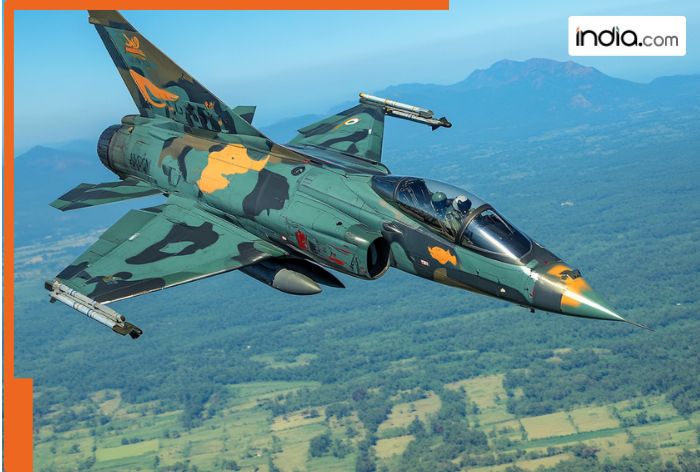Unlocking the Secrets of 5th Gen Fighter Jets: Stealth Tech & the Global Race for Air Superiority

The skies are changing, and with them, the very nature of aerial warfare. While the Indian Air Force already boasts the formidable Rafale, a 4.5 generation fighter, the world's focus is firmly on 5th generation fighter jets. But what exactly makes these aircraft so revolutionary? It all boils down to stealth technology – a game-changer that's driving a global arms race. Let's delve into the intricate details of what sets these jets apart and why nations are vying for their capabilities.
The Stealth Advantage: Beyond Just Low Visibility
Stealth isn't simply about a jet's paint job. It's a holistic design philosophy encompassing numerous technologies aimed at minimizing its detectability by radar, infrared, visual, and acoustic sensors. This involves shaping the aircraft with angles that deflect radar signals away from the source, using radar-absorbent materials (RAM) to absorb incoming radar waves, and carefully managing heat signatures to reduce infrared detection. Furthermore, advanced electronic warfare suites are integrated to jam or deceive enemy radar systems.
Compared to 4th generation fighters, 5th generation jets represent a quantum leap in stealth capabilities. They incorporate significantly more RAM, more sophisticated shaping, and sophisticated thermal management systems. This makes them far more difficult to detect and track, providing a crucial advantage in combat situations.
Key Characteristics of 5th Generation Fighter Jets
Beyond stealth, 5th generation fighters share several other defining characteristics:
- Advanced Sensor Fusion: These jets integrate data from multiple sensors (radar, infrared search and track, electronic warfare systems) to create a comprehensive, real-time picture of the battlespace. This information is presented to the pilot in an intuitive and easily digestible format, reducing workload and improving situational awareness.
- Supercruise Capability: The ability to sustain supersonic flight without using afterburners, providing increased speed and range while conserving fuel.
- Network-Centric Warfare: 5th generation fighters are designed to operate as part of a networked force, sharing data seamlessly with other aircraft, ground stations, and naval assets.
- Advanced Avionics & Pilot Interface: Sophisticated displays, helmet-mounted displays (HMDs), and voice control systems enhance pilot effectiveness and situational awareness.
- Internal Weapons Bays: To maintain stealth characteristics, weapons and sensors are typically carried internally, further reducing radar cross-section.
The Global Race for 5th Generation Technology
The development and acquisition of 5th generation fighter jets are fiercely competitive. The United States (F-22 Raptor, F-35 Lightning II) currently leads the field, but other nations are rapidly catching up. China’s J-20 and Russia’s Su-57 represent significant advancements in their respective aerospace industries. India's acquisition of the Rafale, coupled with its own indigenous AMCA (Advanced Multi-Role Combat Aircraft) program, demonstrates a commitment to maintaining a cutting-edge air force.
Why the World is Chasing These Jets
The pursuit of 5th generation fighter jets isn't just about having the most advanced aircraft; it's about ensuring national security and projecting power. These jets offer unparalleled survivability, lethality, and situational awareness, providing a decisive advantage in modern warfare. As geopolitical tensions continue to rise, the race for 5th generation air superiority is likely to intensify, shaping the future of aerial combat for decades to come.






